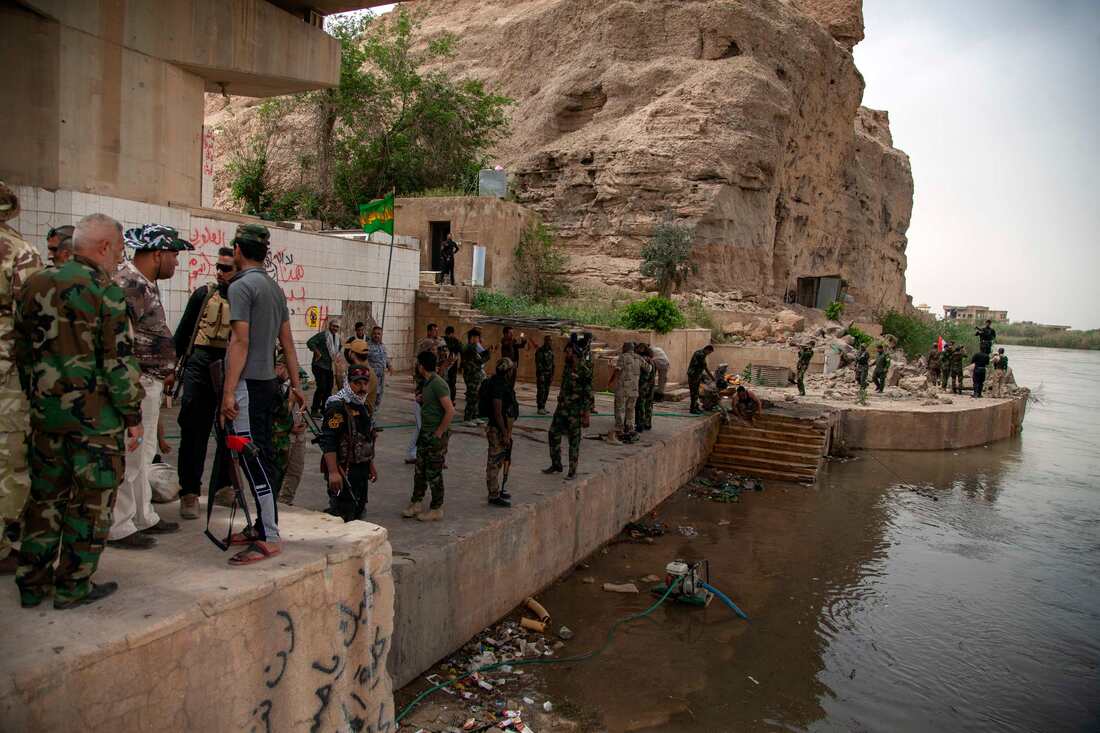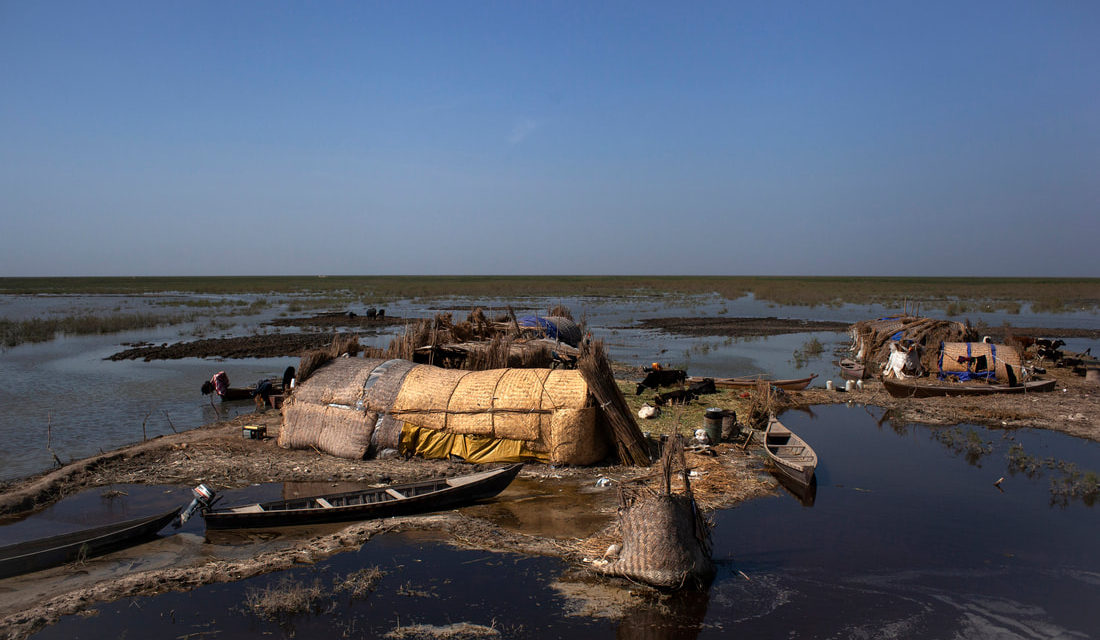Photo: The Iraq Marshes, Al Nasiriyah
A documentary project prepared and photographed by: Ali Arkady
People all over the Middle East belong to the sacred books based on the legends of the Day of Resurrection. They believed a mountain of gold would appear at the bottom of the river between the Tigris and the Euphrates in Iraq, which made people go to it from all over the world to get it, which led to the outbreak of World War III.
Meanwhile, we are witnessing in both The Euphrates and Tigris rivers level has declined due. To the problem of global warming. I have researched these issues. Climate change, high temperature is part of the lack of water and synchronous pollution with other factors. Experts are expected to suffer from drought and dry surface water by 2040, much as it was just a few years ago, leading to Iraq’s destruction.
But what is the link between the mountain of gold and the declined of Euphrates and Tigris rivers levels?
Norma Haynes, the teacher of Bible Truth for 40 years. She spoke about Euphrates River, saying, “The Euphrates was first mentioned in Genesis 2:14 as one of the four rivers that had its source in Eden once. The thing is predicted as a result of the flow of the sixth angel’s “vessel” over the great river Euphrates, as described in Revelation 12:16.
As for the faith of Islam, they believe in the prophecies of their Prophet Muhammad, as he says, “The hour will not pass before the Euphrates dries up to reveal a mountain of gold…..etc. Then the Muslims say that the Day of Resurrection is approaching. Because most of the prophecies of our Prophet appeared, and most of the signs were fulfilled.
I have touched upon this topic among people in the last period who generally talk about issues that can manifest parts of the old legends. I chose this title because it relates to their history and importance, whether through laws and legislation, their religions and beliefs, and their connection to the drying up of the Tigris and Euphrates rivers throughout history.
In 2012 I have started working on a documentary project about Iraq’s environment, One of the chapters talked about the water problem, so I worked on the project; until 2016, I went to many places from northern Iraq, Kurdistan to the south, Dohuk, Mosul, Kirkuk, Baghdad, Najaf, Karbala, Al Nasiriyah, and Basra. And other cities, I started searching for the problems the people face it they are living on the edges of the two rivers. Water is their primary source of livelihood, especially in agriculture and fishing, as well as reserves for many natural plants, wild and domestic animals, and resident and migratory birds.
Al Najaf Iraq

Turkey and Syria have transformed the Tigris River and the Euphrates into a series of reservoirs. One of the factors helps to dry the water towards the river’s course through the plains and valleys until they arrive in Iraq and then their last stop in the Arabian Gulf.
Iraq is involved with neighboring countries in the sources of Mesopotamia and its trip. 71% of Iraq comes from Turkey, 4% comes from Syria, 6% from Iran. Turkey has built on the Euphrates River more than twenty and its famous is “Ataturk” dam, and several dams on the single Tigris River, one of them “Ilisu.” Dam and Iran are more than 600 dams On all nomads and tributaries inside Iran. Therefore, Iraq does not control only a fraction of the waters of nephrology, making their flow is subject to geopolitical and legal factors. All this leads to a few water access into Iraq, which affects power generation and agriculture and extinction of many types of water life.
On the Tigris River in Baghdad, Medical City – Baghdad, including the Oncology Teaching Hospital, disposes of sewage water for hospitals without filters or cleans directly into the Tigris River. This helps to increase the pollution of low water and make it more concentrated. At the same place, the fishermen catch fish from nearby, and people and children swim in the river.

Children’s Cancer Department in the Oncology Teaching Hospital – Medical City – Baghdad, a Teaching Oncology Hospital – the Medical City Complex in Baghdad which is the oldest, largest, and most famous medical city in Iraq., Radiologists, pathologists, oncologists, and radiation therapists

If we go back to history a little bit, where the problem began? Iraq in the past has had the best infrastructure in the region. Saddam Hussein dragged Iraq in several consecutive wars, costing almost everything. 1980 War against Iran, 1991 Kuwait War, and then the economic embargo over ten years, then the US invasion of the year 2003 and then sectarian wars and then the battle against these wars destroyed all infrastructure. Especially Iraq could not maintain its dams and treatment Water, and distribution plants are also because they have not been able to import materials for water purification.
The liberation of Hammam al-Alil city in Mosul by the Iraqi forces and the return of the displaced from the other side of the Tigris River during the battles between ISIS and Iraqi forces, and provide close-air support from the coalition forces.


On the Tigris River in Saddam Hussein’s palace in Tikrit, Iraqi Shiite soldiers from Camp Speicher were executed by ISIS. It is a former US Army base. Each year, the families of the martyred soldiers mourn the June 2014 massacre, when ISIS militants claimed at that time that they had executed 1,700 Iraqi soldiers from Camp Speicher. now Iraqi forensic teams are working to exhume the corpses of the suspected mass graves of soldiers killed by (ISIS) during their control of the city of Tikrit.






